Product detail
Magnesium Iron Spinel Brick
Magnesium iron spinel bricks are made of bivalent iron aluminum spinel (FeO Al2O3) and high-purity magnesia as the main raw materials. During the firing process, the firing temperature and firing atmosphere are strictly controlled to ensure that the iron in the brick is oxidized. The substance exists in the form of FeO.
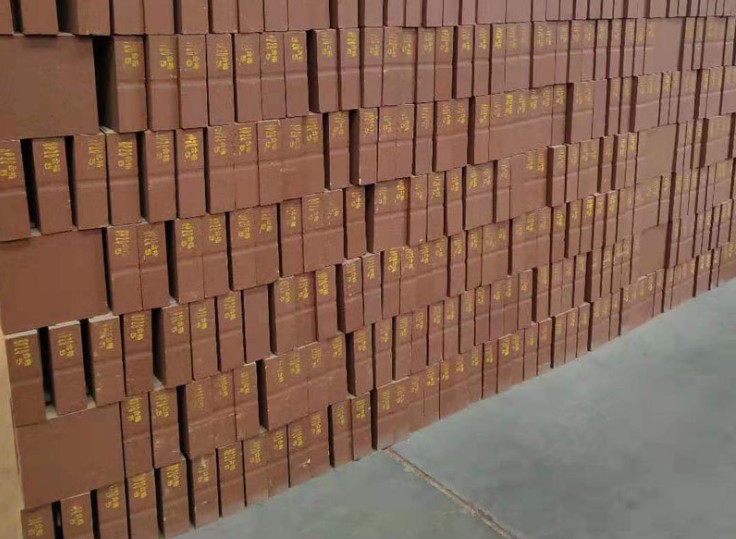
During the use of mafic-iron spinel bricks, a layer of highly viscous calcium-iron and calcium-iron-aluminum compounds is formed on the hot surface of the brick, which is easy to hang on the kiln. In addition to the excellent kiln-hanging properties of magnesia-chrome bricks, Magnesium iron spinel bricks also have higher thermomechanical and thermochemical properties.
The production process of Magnesium iron spinel brick
The production process of Magnesium iron spinel brick is the basis for the production of magnesia refractories and even alkaline refractories. The production process of high-purity Magnesium iron spinel brick and direct-bonded magnesia-chrome bricks is similar, except that the raw materials used, purity, molding pressure and firing temperature are different. The following mainly introduces the production process of Magnesium iron spinel brick.
1. Raw material requirements of Magnesium iron spinel brick
The main raw material for manufacturing Magnesium iron spinel brick in my country is ordinary sintered magnesia. This kind of magnesia is made by adding magnesite and coke in a shaft kiln for calcination. Therefore, the content of SiO2 and CaO, especially SiO2, is higher than that of magnesite. The main requirements are chemical composition and degree of sintering. Generally, the chemical composition should be MgO content greater than 87%, CaO content less than .5%, SiO2 content less than 5.0%, and good sintering is required, the density should not be less than 3.18 g/cm3, the scorch reduction should be less than 0.3%, and no bulge. Objects, the less black blocks, the better.
2. Particle composition and ingredient particle composition of Magnesium iron spinel brick
The particle composition and batching particle composition should comply with the tightest packing principle and facilitate sintering. The critical particle size is determined according to the sintering degree of magnesia and the appearance size and unit weight of the brick, and can choose 4 mm, 3 mm, 2.5 mm, 2 mm. For the manufacture of refractory bricks with a unit weight, the critical particle size can be appropriately increased. The particle size composition is generally: 55% to 60% of the critical particle size to 0.5 mm, 5% to 10% for 0.5 to 0.088 mm, and 35% to 40% for less than 0.088 mm. In production, it is also possible to add partially crushed waste bricks, the addition amount generally does not exceed 15%, or the waste bricks are crushed during the forming process and directly mixed into the mud for forming. The binding agent uses sulfite pulp waste liquid (density 1.2~1.25 g/cln3) or MgCl2 aqueous solution (brine).
3. Mixing of Magnesium iron spinel brick
It is carried out in a wheel rolling machine or a sand mixer, and the order of feeding is: granular material → pulp waste liquid → fine powder, and the total mixing time is not less than 10 min. Since the amount of CaO in the raw material is limited and the sintering degree of magnesia is increased, the trapping process is generally eliminated.
4. Forming of Magnesium iron spinel brick
Sintered magnesia is a barren material, and the green body has a low moisture content. Generally, there will be no over-pressure waste produced by gas compression. Therefore, high-pressure molding can be used to make the green body density above 2.95 g/cm3. This helps to improve the performance of refractory bricks.
5. Drying of Magnesium iron spinel brick
During the drying process of the green body, the physical and chemical changes that occur include the evaporation of water and the hydration of magnesia. The initial stage of water removal requires higher temperature, but high temperature will accelerate the hydration of magnesia and crack the green body. Especially in the late drying stage, since the effect of heat conduction is greater than that of moisture conduction, too high temperature is not conducive to the removal of moisture. In the tunnel dryer, the temperature of the drying medium is generally controlled at 100-120℃, and the exhaust gas outlet temperature is generally controlled at 40-60℃. In order to ensure that the green body has a certain strength after drying, the green body should maintain about 0.6% moisture after drying. The waste products that often appear in the drying process are network cracks, which are mainly caused by the formation of a large amount of hydrates in the formed body. However, if the control is properly controlled, waste products will generally not appear. After the body is dried, it should be fired in a kiln. So as not to absorb moisture and powder.
6. Firing of Magnesium iron spinel brick
The firing of Magnesium iron spinel brick can be carried out in an inverted flame kiln or a tunnel kiln. Their load softening temperature is low, and the strength of the green body is low after the binder loses its effect. Therefore, the brick stack should not be too high, generally around 0.8 m. Since the physical and chemical changes that occur during the calcination of materials have been basically completed during the calcination of raw materials, the main mineral composition of refractory bricks can be considered to be basically the same as that of sintered magnesite, except that the degree of reaction close to equilibrium and the uniformity of mineral composition distribution are Improved.
Customization:
Customized logo(Min. Order: 5 Tons)
Customized packaging(Min. Order: 5 Tons)
size&shape(Min. Order: 1 Tons)
Product Parameters
| Iterm | Indicators | |
| MgO% | >= | 85 |
| Fe2O3% | 5-7.5 | |
| Al2O3% | 3-5 | |
| SiO2% | <= | 2 |
| Bulk Density (g/cm3) | >= | 3 |
| Apparent Porosity % | <= | 17 |
| Cold Crushing Strength (Mpa) | >= | 45 |
| Refractoriness under Load T0.6 (℃) | >= | 1600 |
| Thermal shock resistance(1100℃ water quenching,cycle) | >= | 6 |
| Thermal conductivity coefficienW/m.k | <= | 2.6 |

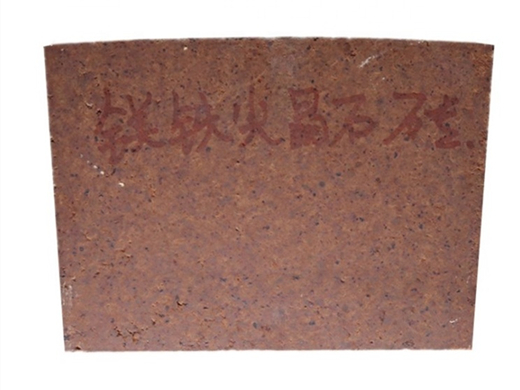

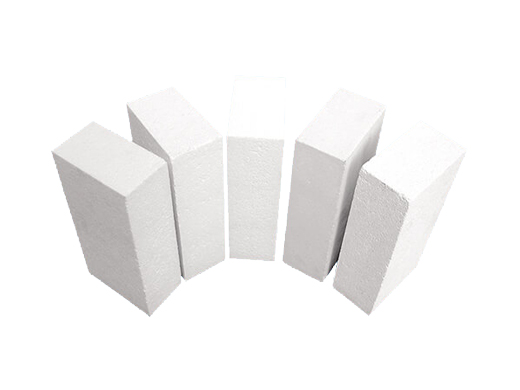
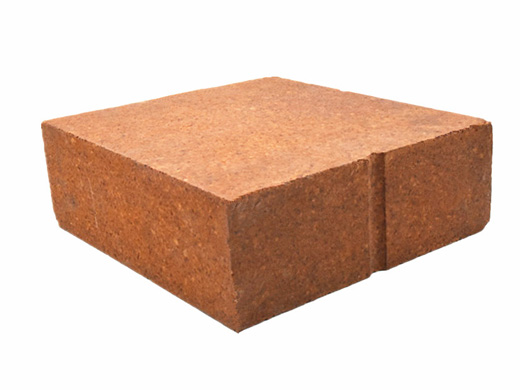
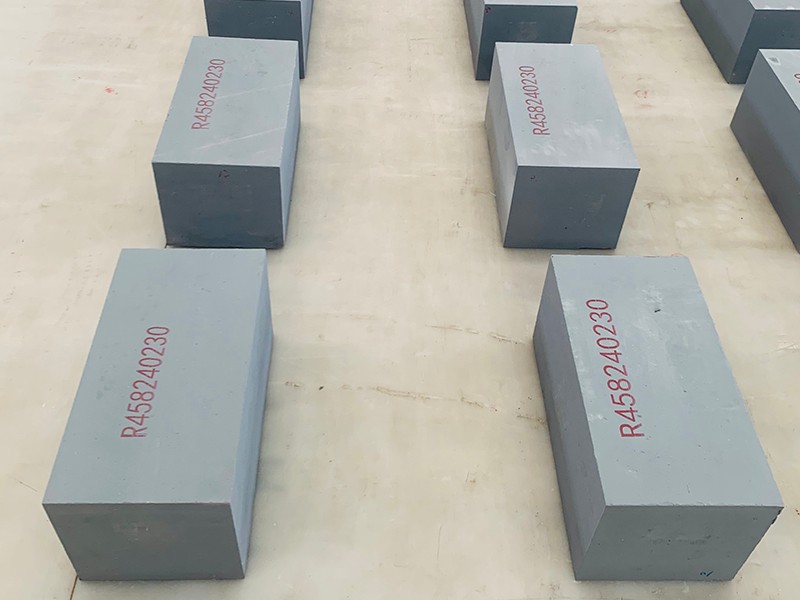
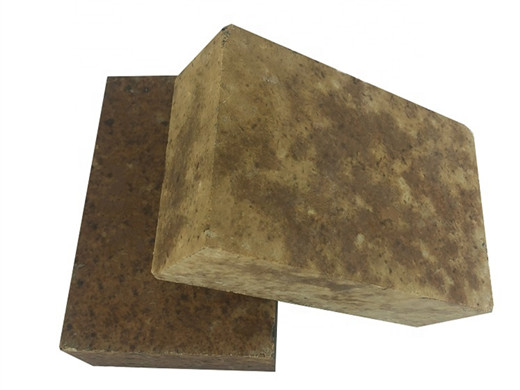
Send inquiry
Please Leave your message you want to know! We will respond to your inquiry within 24 hours!